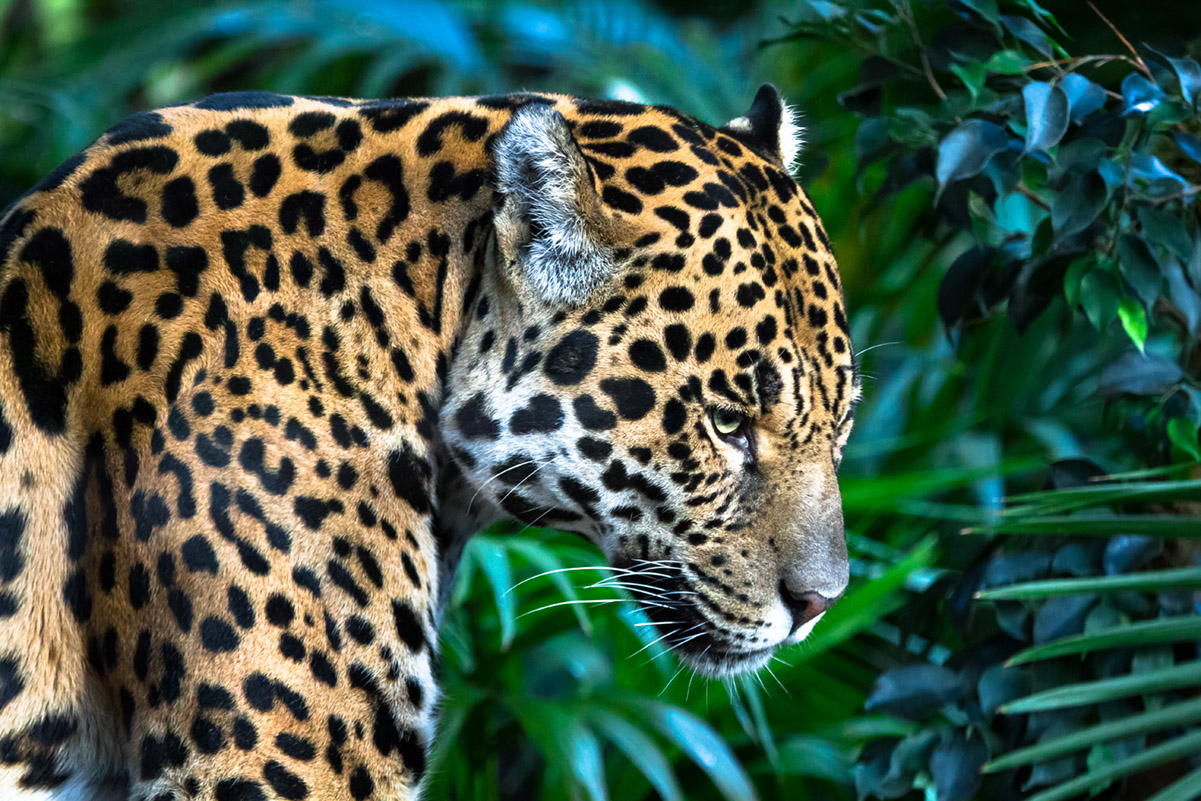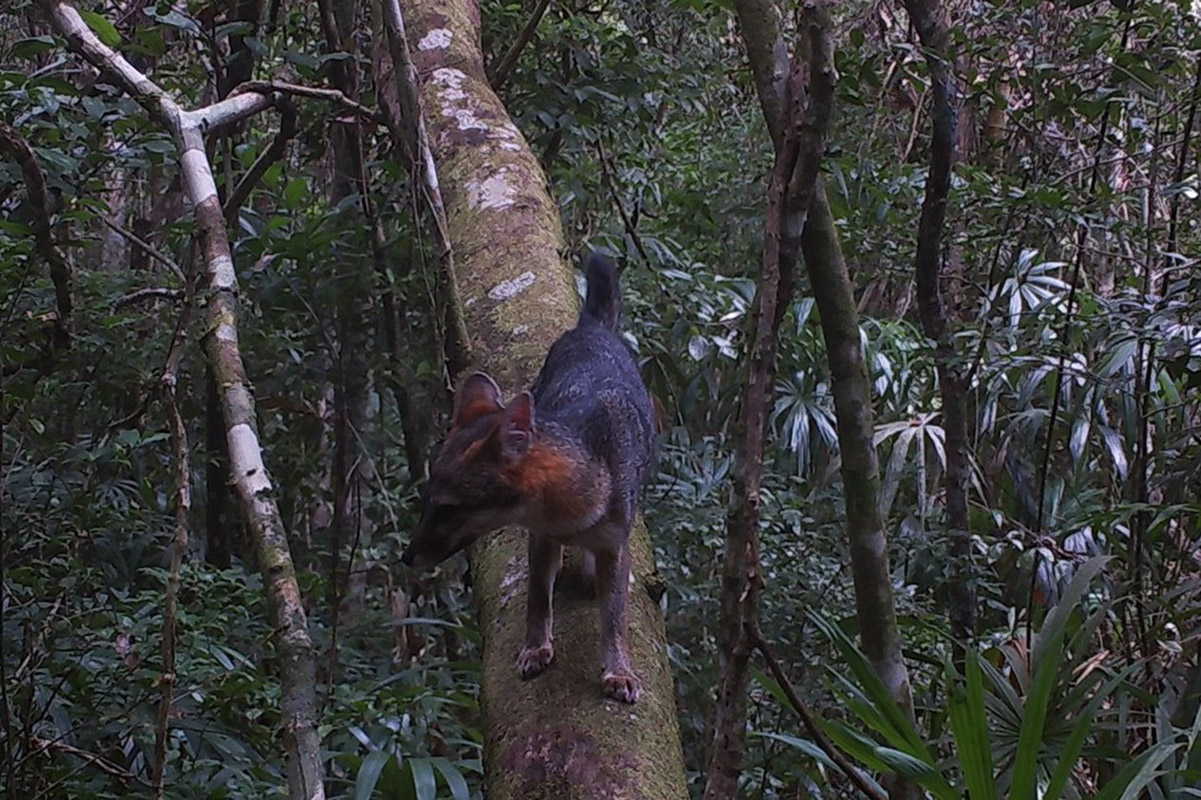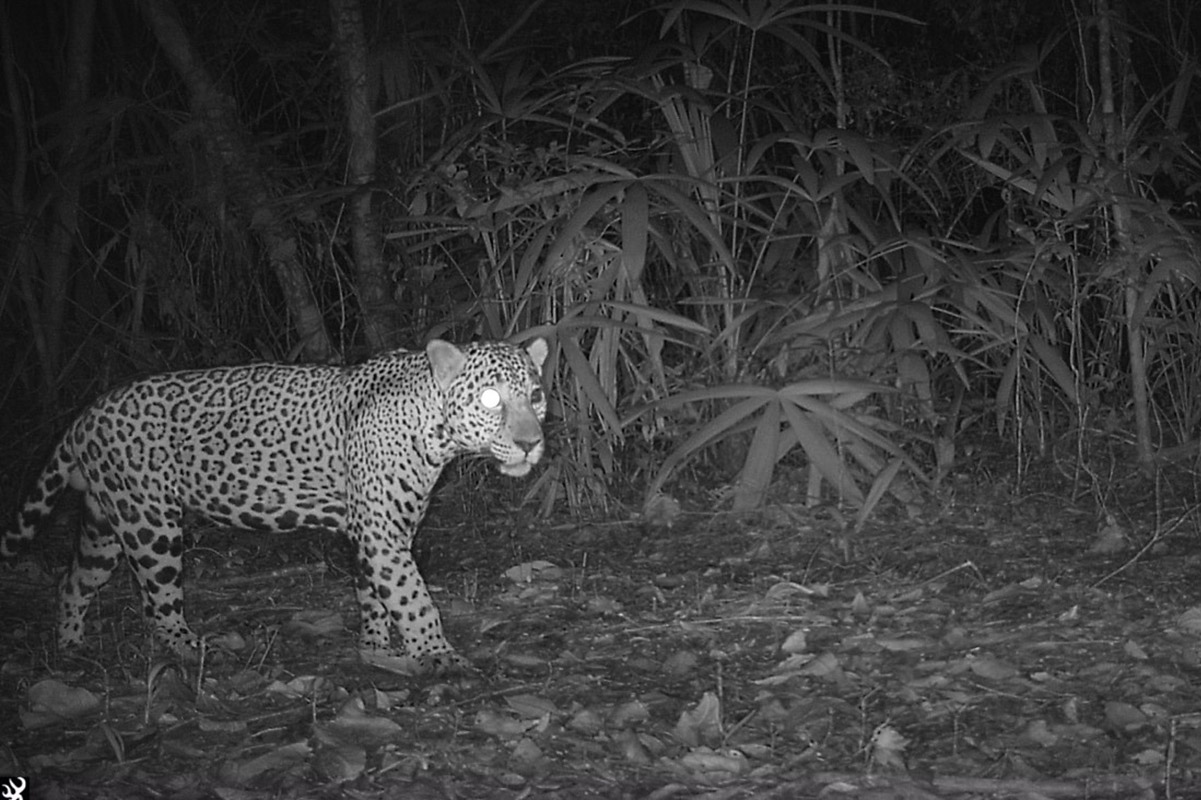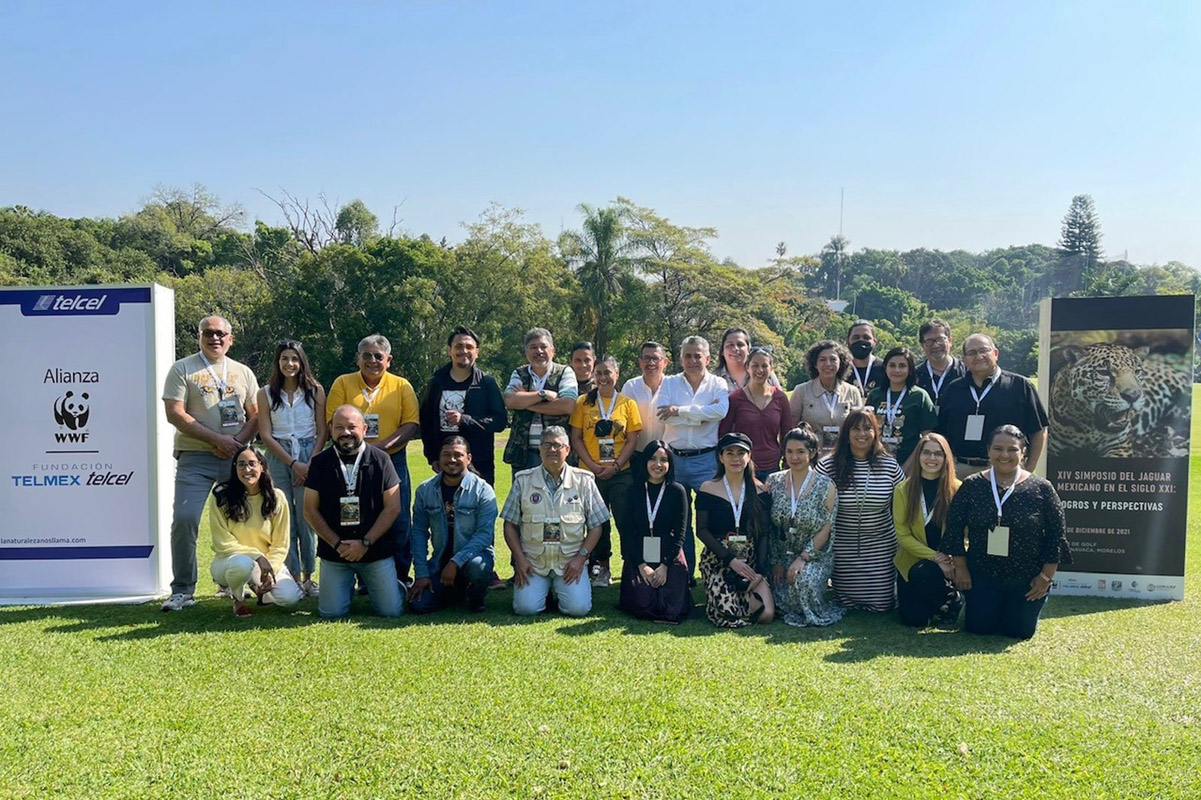JAGUAR CONSERVATION IN THE CALAKMUL BIOSPHERE RESERVE
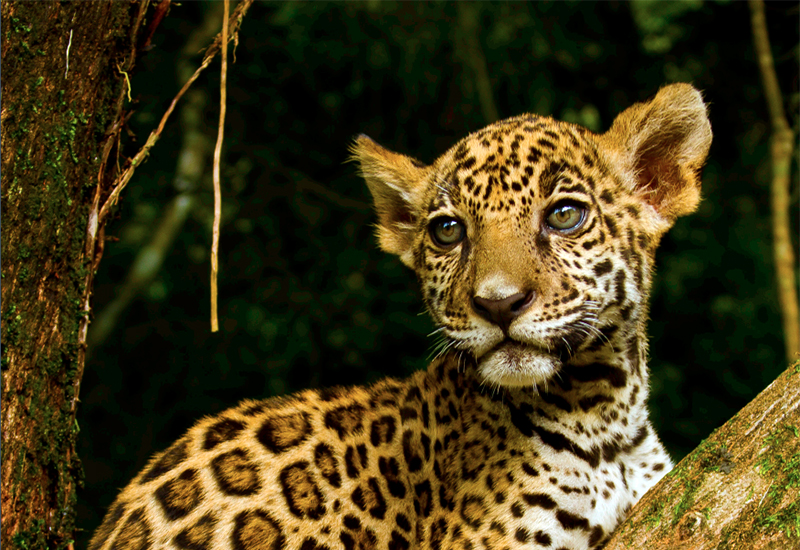
Work area
Calakmul Biosphere Reserve, Campeche and Quintana Roo
Line of action
Institutional coordination
Duration
From 2021 to date
As of July 2021, we support the activities carried out in the Calakmul Biosphere Reserve as part of the project “Saving the Jaguar, America’s Ambassador”, which seeks to secure key sites for this species by generating a framework for the inclusion of conservation practices in policies and productive activities, the sustainable management of critical habitats that improve landscape connectivity and reduce hunting, thus ensuring that jaguar populations are stabilized and that the well-being of the communities that coexist with this species is improved.
We seek to increase the structural and functional connectivity of ecosystems through the establishment of Environmental Management Units (UMA) and Areas Voluntarily Designated for Conservation (ADVC) as an option that makes it compatible for communities to ensure sustainable livelihoods and the conservation of biodiversity and jaguar habitat.
We have worked to strengthen the infrastructure and equipment capacities, as well as the techniques of park rangers in surveillance and monitoring activities with innovative systems that improve the performance of the field brigades. Thanks to these efforts, we have identified numerous jaguars in the area and have confirmed the presence of other key species such as tapir, puma, ocelot and hocofaisan, among others. In addition, in collaboration with conservation programs and sustainable development projects, we have strengthened conservation work in the Calakmul Biosphere Reserve.
Additionally, as part of the jaguar ecology and conservation project in Mexico, we support actions and guidelines from a multidisciplinary and inclusive approach to generate basic and frontier knowledge on the ecology and conservation of the jaguar in order to propose consensual solutions among decision makers and landowners. The work is being carried out in the Calakmul region of Campeche and Quintana Roo and is also participating in analyses at the Latin American level. Some of the activities of this project include: jaguar monitoring; camera trap analysis; spatial ecology at a continental scale; biodiversity monitoring; relationship of dams and jaguar abundance; biological corridors and symposia.


